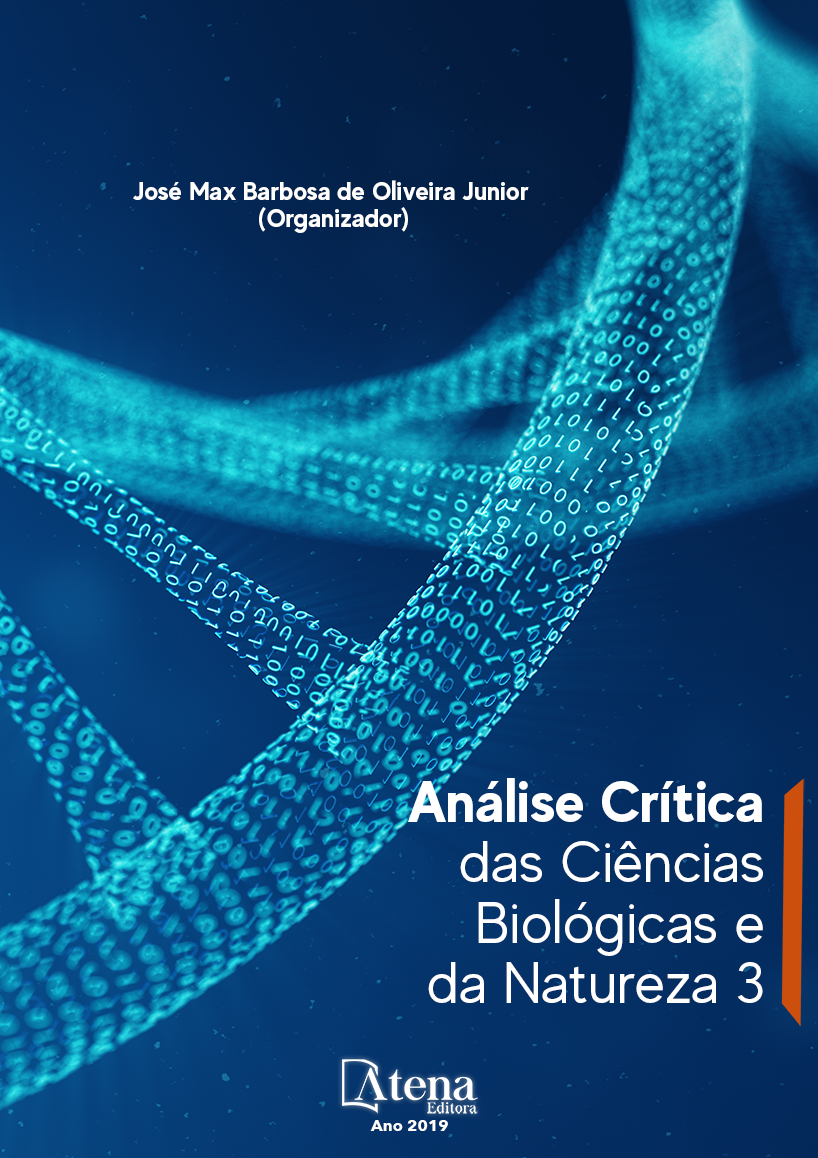
SIMULAÇÃO NUMÉRICA DA PROPAGAÇÃO DE ONDAS CISALHANTES EM ROCHAS SEDIMENTARES A PARTIR DE IMAGENS MICROTOMOGRÁFICAS DE RAIOS X.
O presente trabalho teve por
objetivo determinar através de simulações as
velocidades de ondas cisalhantes em amostras
de arenitos e rochas carbonáticas. Para tanto,
foi necessário a utilização do programa Avizo
Fire® 8.1, responsável pela fase inicial, e do
Comsol Multiphysics® 4.2, onde ocorreram as
simulações. A princípio foram geradas as malhas
das quatro amostras, sendo dois arenitos e
dois carbonatos. Na sequência, os arquivos
contendo as malhas geradas no software
Avizo Fire® 8.1 foram importados pelo Comsol
Multiphysics® 4.2. A partir desse momento,
foram simuladas explosões na face de baixo de
cada malha e medidas as velocidades de ondas
cisalhantes referentes a cada amostra. Como
resultado da petrofísica computacional, tem-se
os valores dos limiares entre os tons de cinza
referentes aos espaços porosos e os referentes
a matriz mineral de cada amostra. Além disso,
determinou-se uma velocidade de 2322 m/s,
2116m/s, 2897m/s e 2181m/s para as amostras
A7, A9, TFG e TCR, respectivamente. Para fins
de comparação, foram utilizados os valores
das velocidades para as mesmas amostras
obtidos pela petrofísica convencional. Por fim,
devido à proximidade dos valores obtidos nas
simulações computacionais com os resultados
da petrofísica convencional, infere-se que o
método desenvolvido nesse trabalho é preciso e
confiável, porém é complexo e exige um grande
processamento de dados devido ao tamanho
da malha gerada.
SIMULAÇÃO NUMÉRICA DA PROPAGAÇÃO DE ONDAS CISALHANTES EM ROCHAS SEDIMENTARES A PARTIR DE IMAGENS MICROTOMOGRÁFICAS DE RAIOS X.
-
Palavras-chave: Ondas Cisalhantes, Petrofísica computacional, Propriedades petrofísicas.
-
Keywords: Shear waves, Computational petrophysics, Petrophysical properties.
-
Abstract:
The aim of the present work
is to determine the shear wave velocities in
samples of sandstones and carbonate rocks
through simulations. For this purpose, it was
necessary to use the programs Avizo Fire® 8.1,
responsible for the initial phase, and Comsol
Multiphysics® 4.2, in which the simulations were
performed. At first, the meshes of four samples
(two sandstones and two carbonates) were
generated. Subsequently, the files containing the
meshes generated in Avizo Fire® 8.1 software were imported by Comsol Multiphysics®
4.2. From that moment, explosions were simulated on the underside of each mesh
and the wave velocities for each sample were measured. As a result of computational
petrophysics, there are the values of the thresholds between the gray tones, referring
to the porous spaces, and those referring to the mineral matrix of each sample. In
addition, a velocity of 2322 m/s, 2116m/s, 2897m/s and 2181m/s were determined
for the samples A7, A9, TFG and TCR, respectively. For the purpose of comparison,
the velocities of the same samples obtained by means of conventional petrophysics
were used. Finally, due to the proximity of the values obtained in the computational
simulations with the results of the conventional petrophysics, it is inferred that the
method developed in this work is accurate and reliable, but it is complex and requires
a large data processing due to the size of the mesh generated.
-
Número de páginas: 15
- José Agnelo Soares
- Ronildo Otávio de Oliveira Neto
- Juliana Targino Batista
- Túlio Medeiros


